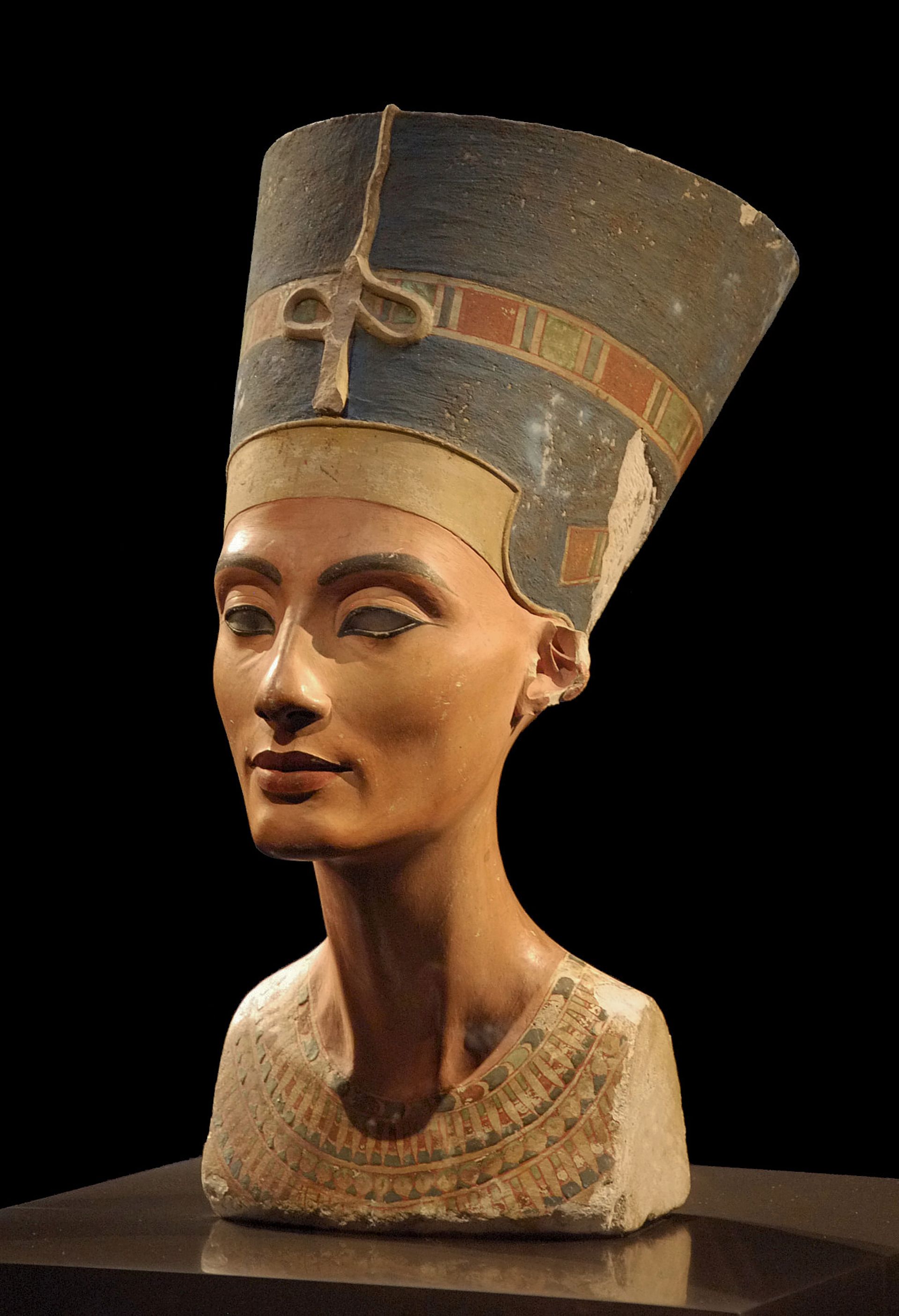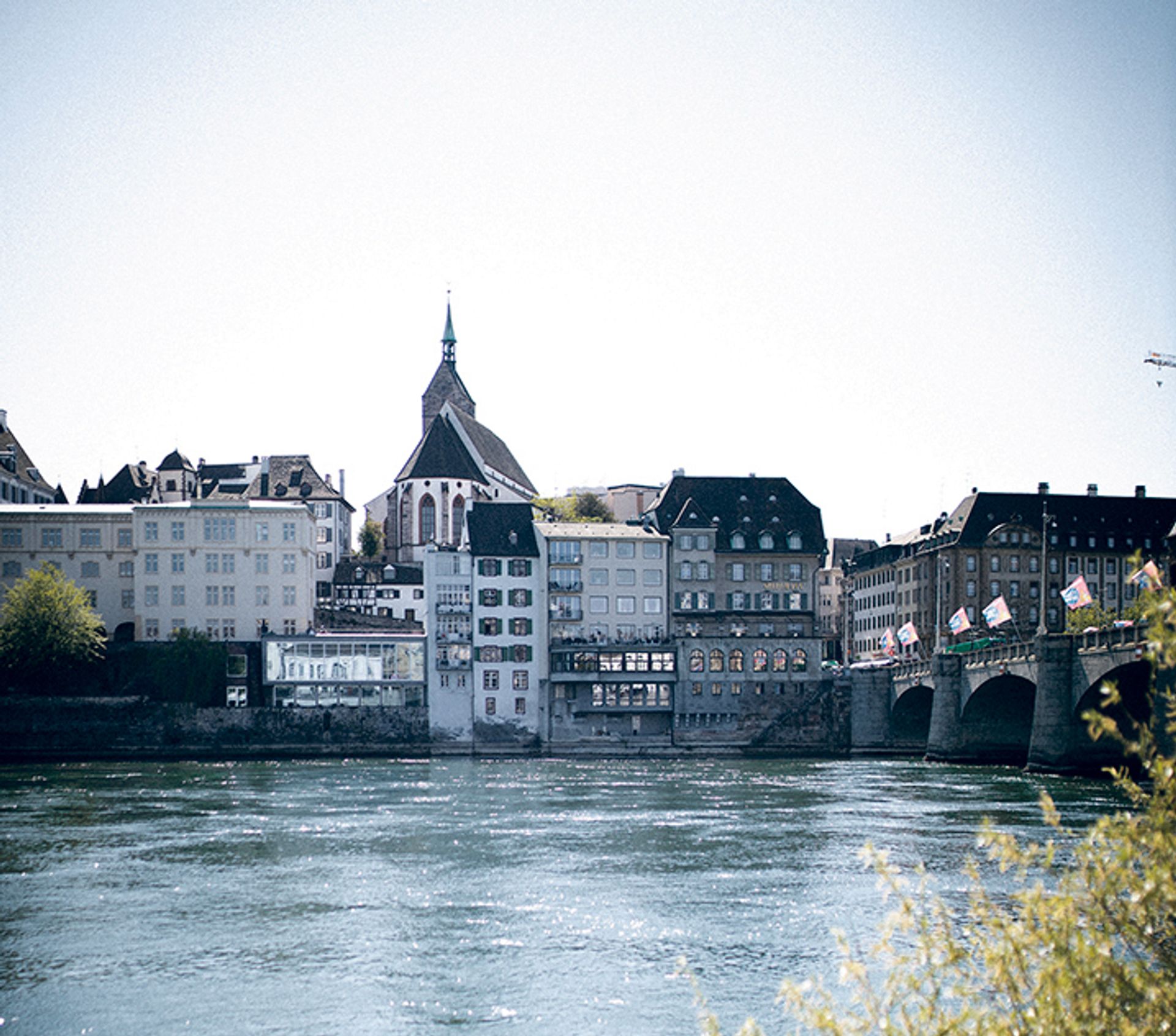Mary Rozell was well equipped to master the worlds of art and finance when she joined UBS in 2015 as global head of its art collection. She holds a law degree and a master’s degree in art history. Under his leadership, the bank rekindled its interest in commissioning artists, and in 2019 opened a public gallery at its headquarters in Manhattan. Focusing almost exclusively on the primary market, the collection was built up as the bank merged with different institutions; at its heart is the work of Swiss Bank Corporation and PaineWebber as well as UBS. The collection is set to grow further thanks to its acquisition of Credit Suisse earlier this year.
At Art Basel, Rozell presents the book Reinvent: new perspectives, which chronicles the bank’s collection over the past seven years. And despite the recent turmoil in the banking world, she hopes to find more works that “challenge us, give us insight into our world.” She tells us here which artists she bets on.
The Art Newspaper: How quickly do you decide to buy a work of art?
Mary Rosell: Collecting art has a lot to do with instinct and the willingness to take risks. That being said, our process is thoughtful and time consuming. We watch, we learn and we research for months and sometimes years. Then, when an opportunity arises, we can act very quickly if necessary.
What is the first work you bought?
One of the first works we acquired when I arrived was by Doug Aitken Native country (2014), an aluminum lightbox that features a colorful mosaic of road signs, suggesting the intrusion of advertising into the natural landscape. This piece shares an affinity with the work of Ed Ruscha, which is well represented in the collection.
What is the last work you bought?
We recently acquired a textile creation by Malgorzata Mirga-Tas, which will be featured this year in our exhibition at the UBS Lounge at Art Basel. I was intrigued by the artist’s practice when I saw his presentation in the Polish pavilion at the Venice Biennale last year. She is a member of the Bergitka Roma and her colorful work gives a personal insight into her community. It also connects to several textile pieces that we have acquired over the past few years.
What do you regret not buying when you had the chance?
There are works that we think are amazing, but often we cannot add them to the collection due to their size or price. No matter how desirable a piece may be, it’s important to recognize when a work may not be affordable. In such cases, we may seek other more appropriate works by the artist, such as a work on paper or a print. We have long admired the work of El Anatsui, for example, but we don’t have the space or the budget to accommodate his monumental compositions. Recently, we acquired a beautiful edition made of hand-sculpted and formed aluminum profiles, which fully captures its inimitable approach.

The bust of Nefertiti, in the Neues Museum in Berlin, is said to be Rozell’s centerpiece
If you could have one work from any museum in the world, what would it be?
The biggest prize for me personally might be the painted limestone bust of Nefertiti (circa 1345 BC) located in the Neues Museum in Berlin. It is a breathtaking work of art depicting one of the most famous women of the ancient world; the bust itself is now an icon of female beauty. But it definitely belongs to a museum.
Where do you like to eat and drink during your stay in Basel?
I have to admit that a lot of the eating and drinking during fair week is on the fly, but if the weather is nice and I have a moment, I like to be outside. There is a lovely place called Gasthof zum Goldenen Sternen in the St. Alban Rheinweg. It is considered the oldest tavern in Basel. Basel is also known for its Buvetten, quaint open-air restaurants that open in the summer along the river. I like the relaxed atmosphere and the diversity of people who enjoy a coffee, a drink or a meal there.
What is your least favorite thing about art fairs?
Fairs can be hectic with lots of wonderful distractions such as meeting co-workers and old friends. There is never enough time. I always lament the things and events I missed.

Rozell says she always tries to make time for a swim in the Rhine during Art Basel, no matter the weather © Corina Rainer
Where to go in Basel to escape?
I head for the river. In the morning, I like to run or walk along the Rhine, and I always try to make it a point to go swimming before the end of the week, come rain or shine! It is both transporting and energizing to float down the Rhine while enjoying the picturesque old town.
What advice would you give to someone visiting Basel for the first time?
Exploring the Art Basel Parcours program is a great way to discover the city and its many quality museums and sites. We are delighted that our UBS Aeschenvorstadt branch in the historic city center of Basel is once again included as a location this year. I recommend a visit to experience the work of artist Melike Kara who has crafted a fantastical installation exploring his own identity, while combining Kurdish traditions and notions of home.
• Mary Rozell will participate in the panel A body of work: artists at the intersection of reinventing worldviews Thursday, June 15 at 11 a.m. at the Auditorium Art Basel
